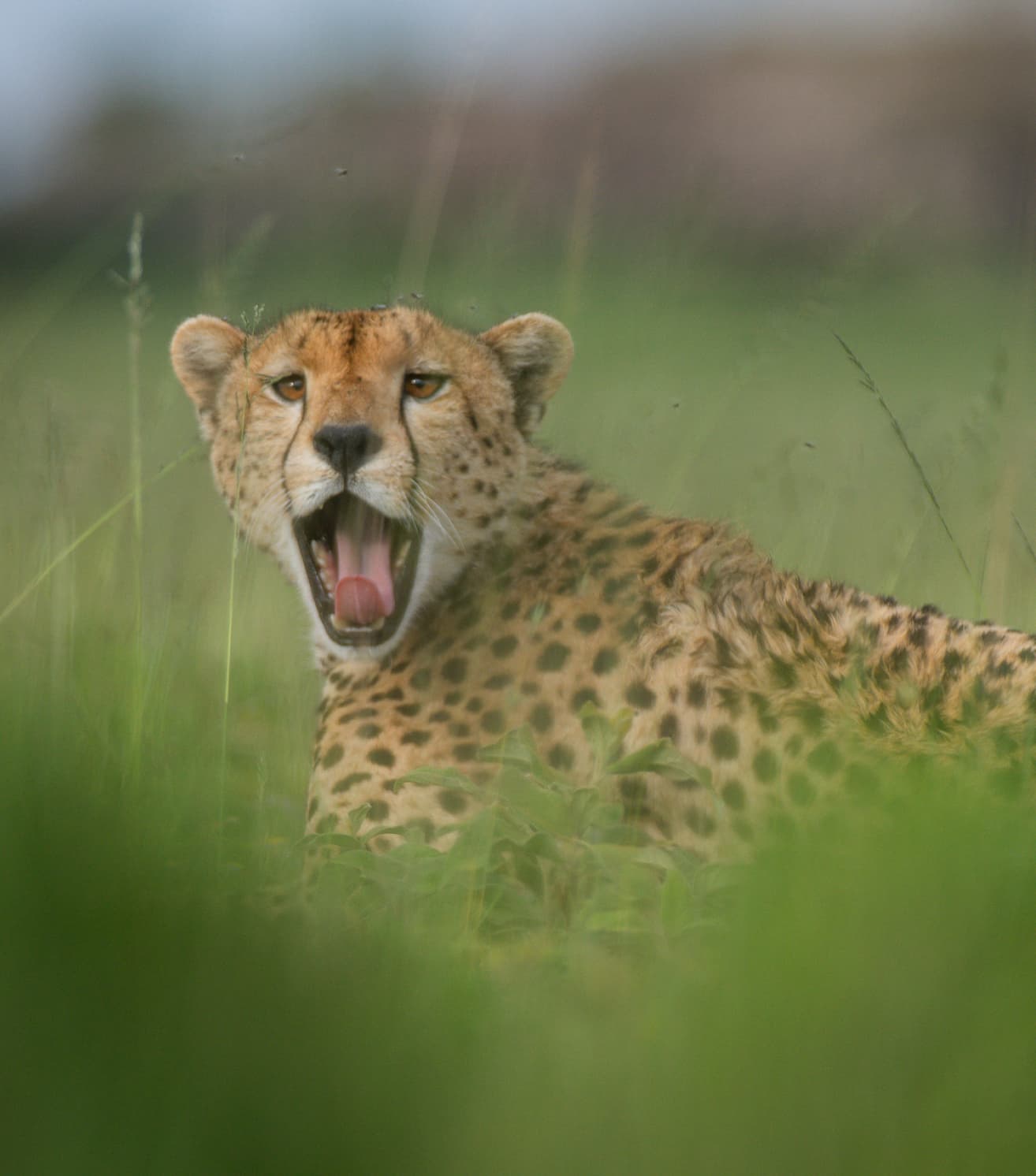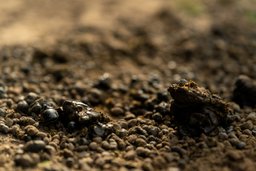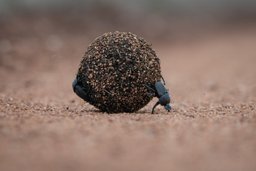MEET THE DUNG BEETLE
Spotting a dung beetle in action can be unexpectedly thrilling. Often glimpsed during a game drive, it starts with a flicker of movement near the ground. A tiny, determined insect rolling a perfectly round ball of dung through the grass like a miniature machine on a mission. It’s a small moment, but one that opens the door to one of nature’s most fascinating and vital stories.
These tiny, tireless creatures offer an extraordinary window into the natural world, not only because of their fascinating behavior, but also because they perform an environmental service so vast that its scale is difficult to fully comprehend.
We often overlook dung beetles simply because they’re cleaning up a mess we prefer not to think about. But imagine for a moment what the world would look like without them. One estimate valued the work of dung beetles for the U.S. cattle industry at a staggering $380 million annually. Now consider the Serengeti, where 1.5 million wildebeest roam and defecate freely. How much dung is that? And how much labor do dung beetles put in to keep that ecosystem running?
Of all the dung beetles, the rollers are the most entertaining to watch. They come in various sizes, but the behavior is iconic. A male beetle arrives at a dung pile, assesses its texture, and if it meets his standards, he begins crafting a dung ball using his front legs, which, curiously, are missing their last joints. This unique anatomy helps him shape and roll the ball efficiently, almost like having shovels instead of hands.
Once the ball is formed, he begins to roll it away, backward, using celestial cues for navigation. Depending on the species, he might orient himself using the sun, the moon’s polarized light, or even the Milky Way. In some species, like Scarabaeus, a female may hop aboard the dung ball as he rolls it, accepting it as a nuptial gift. Together, they use it either as a food source or to create brood balls for their offspring.
In one species, Kheper nigroaeneus, the female actually stays with her brood ball, tending to it through its development. And in at least one species, dung beetles secrete antifungal compounds from their mouths to protect their young. Talk about attentive parenting.
Africa’s savannas host over 1,500 species of dung beetles, leading to fierce competition and diverse survival strategies. Most beetles are drawn to dung piles by scent, flying upwind to locate the source. Some species are generalists, happy with any type of dung, while others are specialists with strong preferences. Take this as a visualizer: In Kenya’s Tsavo National Park, a study once recorded 16,000 dung beetles descending on a single elephant dung pile, and clearing it in under two hours. Over 150 species are known to use elephant dung alone.
Dung beetles generally fall into three main ecological groups: rollers, who remove dung from the pile to bury it elsewhere: tunnelers, who skip the rolling and instead dig directly beneath the dung to bury it: and dwellers, who live and reproduce within the dung itself. These are usually small, quick-breeding beetles that take advantage of the resource right where it falls.
On the Serengeti, a pair of tunnelers can bury between 250–500 grams of dung in a single night, an impressive feat for such small creatures.
As charming and quirky as their behaviors are, dung beetles play a much deeper ecological role. By breaking down and burying dung, they recycle nutrients back into the soil, control parasites and flies, improve grazing conditions for herbivores, and promote seed dispersal.
Their work helps maintain the health of entire ecosystems, quietly, efficiently, and without thanks.








